Neptun Ozis: Bringing the St. Helena to life
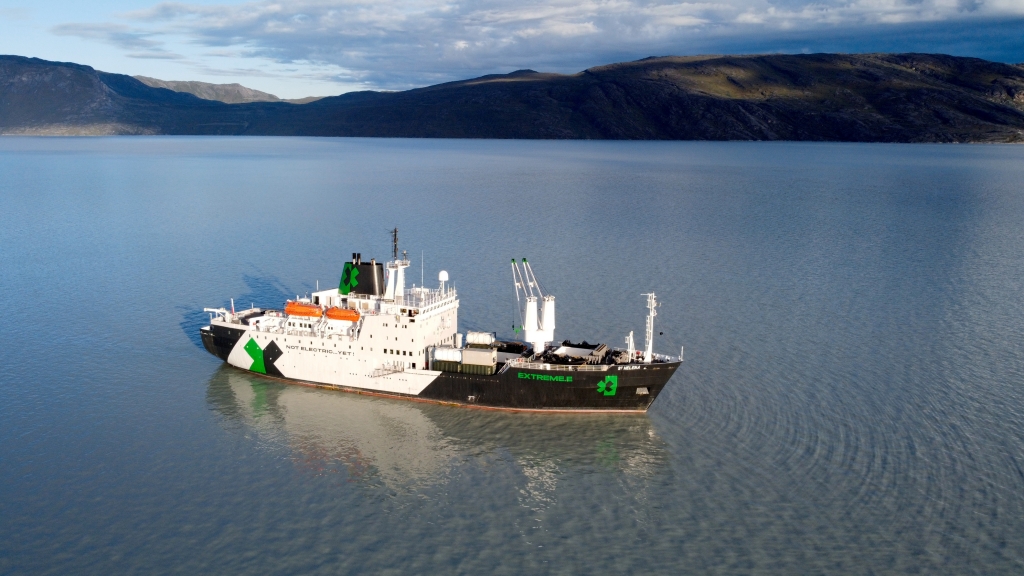
The St. Helena has been marvelled as a floating centrepiece of the inaugural season of Extreme E. Today, we learn about the man who helped design it and breathe new life into it.
From the day he was born, Neptun Ozis was seemingly destined for a life which would be deeply connected to the sea. With a name derived from Neptune, Roman God of the Sea, Neptun Ozis explained how his connection to the sea began. “When I was born”, he tells us, “My father named me after the god of the sea, because [my parents] always loved the sea and had boats.”
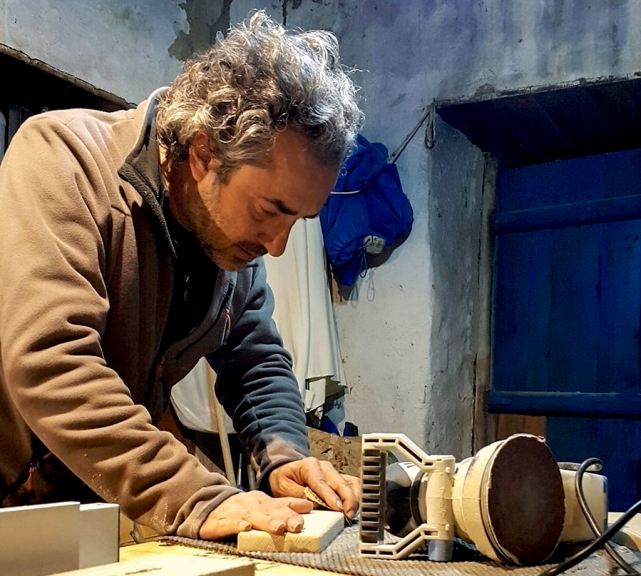
Neptun was born and brought up in Istanbul, Turkey, the son of Turkish designer, painter and sculptor Sadi Ozis. Neptun carries on the work of his father as an architect, specialising in the interior design of yachts. His creative mind proved instrumental in helping breathe new life into the St. Helena, Extreme E’s floating centrepiece and mobile base of operations.
We took a dive into Neptun’s world, to see how the world of interior design is helping make ships like the St. Helena greener than ever before.
St. Helena leads the way
Some of the most prominent design features of the St. Helena include its use of low-energy LED lighting, bathroom fittings which ensure low water consumption, as well as furniture made from upcycled plastic bottles collected in the Mediterranean.
“LED lights are more efficient, and require less power consumption”, Neptun says. LEDs, or light-emitting diodes are a far greener way of lighting even the darkest of ships, as they can be much smaller than conventional light-bulbs, enjoy a greater lamp life and require hardly any maintenance. The green credentials of LEDs are hard to ignore: it has been estimated that a standard LED bulb uses 90 per cent less energy than a regular incandescent bulb.
Less of the energy is wasted in its use, as standard lightbulbs can only produce a few per cent worth of energy in the form of light; the remaining 90 per cent or so of other energy used is wasted in the form of heat given off by the bulb itself. LED bulbs still generate a bit of heat themselves, but at a fraction of the amount from regular bulbs. It’s a real lightbulb moment, and allows the St. Helena’s lighting system to stay cool, just in time for the Extreme E team to reach the frosty climate that awaits them in Greenland for the Arctic X Prix.
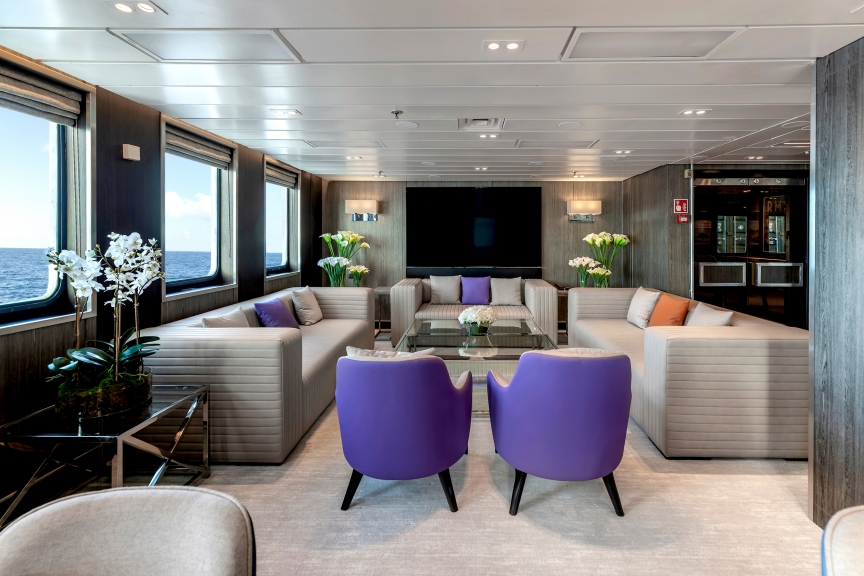
As Neptun tells us, jobs such as designing the interior for the St. Helena are more the exception than the rule. It’s not every day that an electric racing event calls upon an interior designer to take a 30-year-old ship and redesign it for a more sustainable age. Effectively, works such as these are almost like so-called ships passing in the night. “They don’t come often, or every single day”, Neptun admits. He often finds himself working on more like five or six smaller projects otherwise, but is already opening himself up to tackle another large project again sometime soon.
One of the learnings Neptun took away from the St. Helena design was the way that they could make use of materials such as resin, which admittedly aren’t totally sustainable to create, but which are considerably more sustainable to use than timber or other traditional building materials. “I’ve learnt a lot of things, and most of them are material-based.”
“One other thing I learned is we don’t need to do something from scratch, we can upcycle instead. You can upcycle a lot of things for your future projects…When you are talking environmentally-friendly, sustainable projects, you should be very open-minded on your plans.”
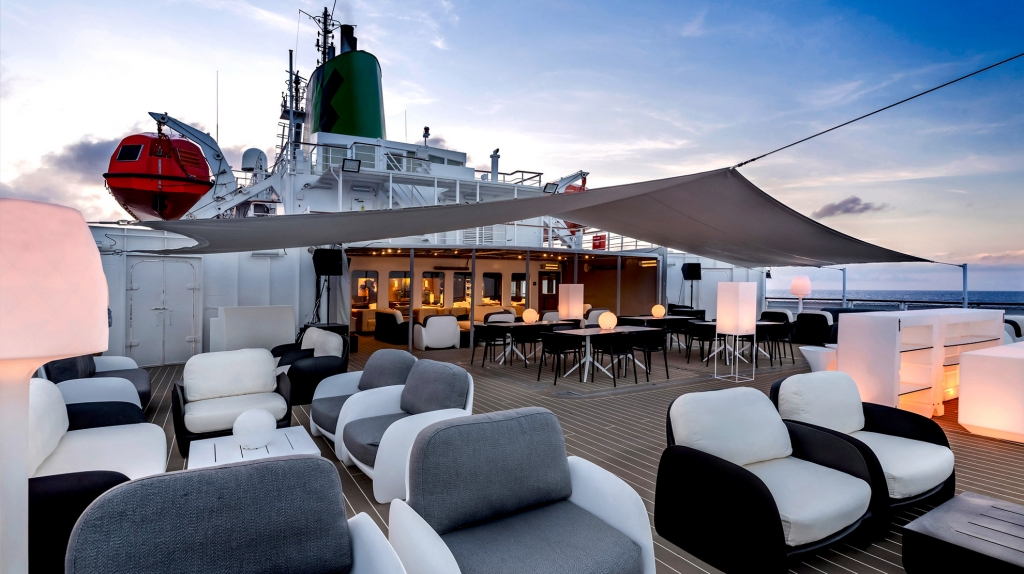
Looking to the future, Neptun is concerned about the growing world population and its impact on the planet. It took almost all of human history up until the 19th century for the world population to hit one billion people for the first time. By 1960, the world population had just grown to 2.5 billion people. By 2024, it is expected to top eight billion. Simply put, the last 60 years or so have seen more humans on the planet than at any point in recorded history.
“I am pretty positive, but I don’t believe everything is going to be alright”, Neptun tells us. By the year 2100, the UN expects the population to rise to approximately 11 billion before beginning to plateau. In the meantime, this phenomenal population growth will mean tens of millions of babies being born into a world that could become more fragile and with an environment more volatile than any we have ever known as a species.
But perhaps Neptun’s general optimism will win through in the end. As noted, the world population is far more likely to plateau rather than continue growing at its current rate for an indefinite period of time. As nations grow wealthier, birth rates drop and families begin to go for closer to two children, guaranteeing the increased likelihood for a more stable population in the long-term. As someone who has a close connection to the sea, Neptun is right to be concerned about a rapidly-increasing population.
However, as time unfolds, it seems far more likely from the current projections that future generations are more likely to keep our population on a more even keel and avoid rocking the boat unnecessarily.
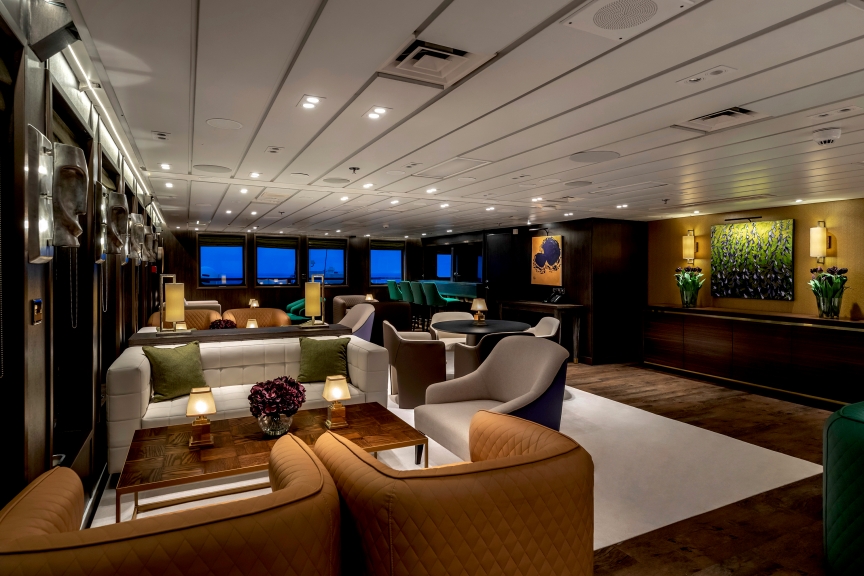
Neptun is one of the more behind-the-scenes contributors to the work Extreme E has been doing to make a difference in recent months and years. The St. Helena is an invaluable tool to not only convey the Extreme E team from destination to destination, but it also serves as a symbol of how even the most gas-guzzling of old ships can be given a new lease of life.
Neptun’s work is presented in a way which ensures that the St. Helena will be an example for other ships to emulate, in making travel across the big blue oceans much greener.
To read more stories like this, check out https://voltafuturepositive.com/extreme-e/